2025 Catch Up Rules Allow 60 to 63 Year Olds to Super Save!
Since 2001, individuals over the age of 50 have been allowed to make "catch-up" contributions to their 401(k) plans, IRAs, and Roth IRAs. This provision was designed by Congress to give those nearing retirement the opportunity to boost their savings in tax-advantaged retirement accounts. Now, starting in 2025, new legislation will extend these opportunities even further. Not only will those over 50 continue to benefit from catch-up contributions, but a new category of savers—those between the ages of 60 and 63—will also be able to contribute even more to their retirement plans, including 401(k)s, 403(b)s, and other employer-sponsored accounts.
This new provision presents a tremendous opportunity for those in the 60-to-63 age range to "super save" for retirement. Here's what you need to know:
Increased Contribution Limits: For individuals aged 60 to 63, catch-up contribution limits to 401(k)s, 403(b)s, and similar employer-sponsored plans will significantly increase. Savers in this age group will be able to contribute the greater of $10,000 or 150% of the standard age 50+ catch-up limit, which is set at $7,500 in 2024. This adjustment is subject to future IRS cost-of-living updates. Additionally, there is a potential Congressional bill that could revise this percentage to reflect the 150% limit based on the 2025 age 50+ threshold. This gives individuals a unique window to accelerate their retirement savings in these critical years leading up to retirement.
Age Limits: This enhanced saving opportunity is only available to those who are between the ages of 60 and 63 by the end of the calendar year (2025). Once participants reach age 64, they can only make catch-up contributions up to the standard age 50+ limit. Therefore, it’s important to make the most of these extra contributions while you’re in this age window.
Plan Requirements: It’s crucial to note that not all employer-sponsored retirement plans may offer this enhanced catch-up contribution. Employers are not required to adopt this provision, so you’ll need to check with your plan administrator to confirm whether these additional contributions are allowed in your 401(k), 403(b), or similar plan. Also, keep in mind that this rule does not apply to IRAs, which will continue to follow the standard catch-up contribution limits for those aged 50 and older.
Potential Changes in 2026: Starting in 2026, if your income exceeds $145,000 in the previous year (2025), any catch-up contributions in your 401(k) will be required to be Roth contributions, regardless of the catch-up amount you are eligible to contribute. This means that those affected will not receive an immediate tax deduction for catch-up contributions, but the future withdrawals of the Roth contributions (including earnings) will be tax-free.
Additional Planning Considerations: The ability to make larger contributions later in life could be a game-changer for individuals seeking to close any retirement savings gaps. However, it’s essential to consider your overall financial situation and tax implications. Taking advantage of the enhanced limits could result in a more robust retirement nest egg, but careful planning is required to maximize these benefits.
At Beacon, we are committed to helping you navigate these new opportunities and ensure that you are on the right track for a comfortable and secure retirement. If you have any questions about these changes or how they might impact your retirement strategy, we encourage you to reach out and schedule a review of your plan. We’re here to support you and help you make the most of these valuable new provisions.
